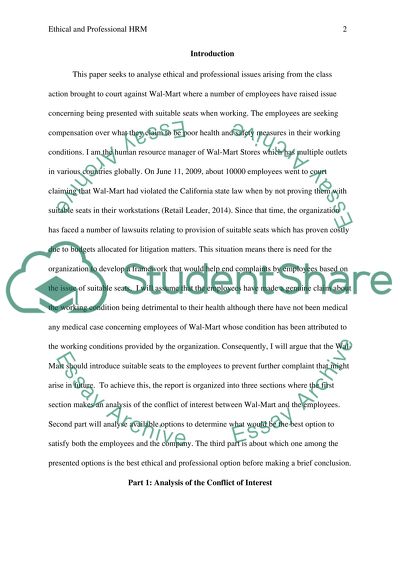Cite this document
(Ethical and Professional HRM Assignment Example | Topics and Well Written Essays - 2500 words, n.d.)
Ethical and Professional HRM Assignment Example | Topics and Well Written Essays - 2500 words. Retrieved from https://studentshare.org/human-resources/1654012-ethical-and-professional-hrm
Ethical and Professional HRM Assignment Example | Topics and Well Written Essays - 2500 words. Retrieved from https://studentshare.org/human-resources/1654012-ethical-and-professional-hrm
(Ethical and Professional HRM Assignment Example | Topics and Well Written Essays - 2500 Words)
Ethical and Professional HRM Assignment Example | Topics and Well Written Essays - 2500 Words. https://studentshare.org/human-resources/1654012-ethical-and-professional-hrm.
Ethical and Professional HRM Assignment Example | Topics and Well Written Essays - 2500 Words. https://studentshare.org/human-resources/1654012-ethical-and-professional-hrm.
“Ethical and Professional HRM Assignment Example | Topics and Well Written Essays - 2500 Words”, n.d. https://studentshare.org/human-resources/1654012-ethical-and-professional-hrm.


